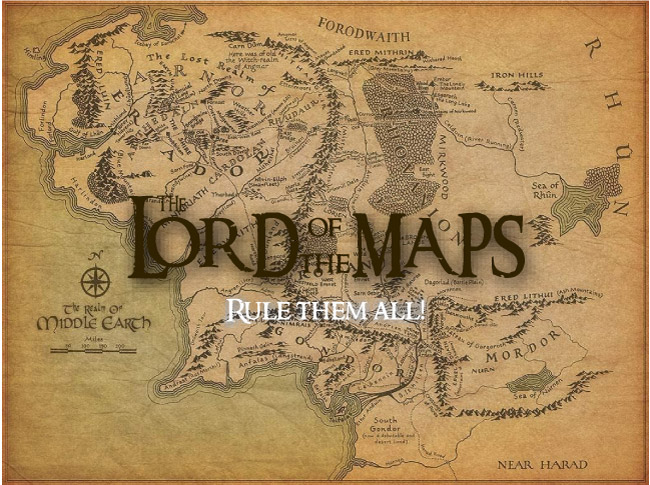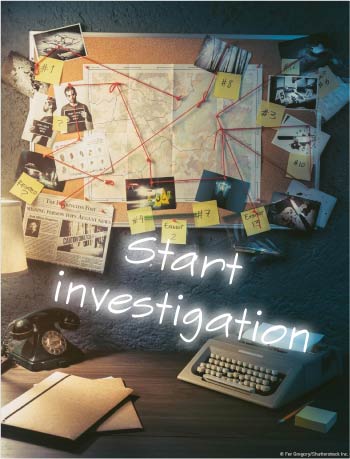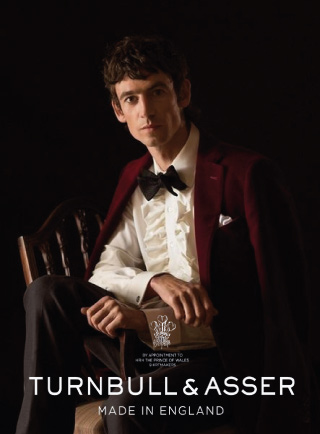
Search
The Faithful Hussar

"The Faithful Hussar" (German: "Der treue Husar") is a German song based on a folk song known in various versions since the 19th century. In its current standard form, it is a song from the Cologne Carnival since the 1920s.
Origin and history
A source claims, that in the estate of Caspar Josef Carl von Mylius (1749–1831) a handwritten version of the text from 1781 was found, that Mylius brought from Austria to Cologne. The proof was found after his death in 1831. This version is supposedly the oldest ever. Since this version has not been published, the exact wording and the correspondence with later versions cannot currently be verified.
In 1808 Achim von Arnim and Clemens Brentano in the third volume of their collection Des Knaben Wunderhorn published a version of the text under the title "Die gute Sieben" (The good seven). Achim von Arnim had compiled from this text from five different versions, that had been recorded by Bernhard Joseph Docen, Auguste Pattberg, Bettina von Arnim and two unknown senders.
In 1816 Johann Gustav Gottlieb Büsching first published a melody to the song, that has been recorded by Carl Hohnbaum in Franconia, which does not match today's popular tune.
In Münsterische Geschichten (1825) we find a version similar in wording to the now popular one. In 1856 Ludwig Erk in the first edition of his collection Deutscher Liederhort published three different versions of the song. The 1893 version of the same collection compiled by Franz Magnus Böhme contains seven different versions of the text and five different melodies.
In the earliest published versions of the text, the acting person is mostly referred to as Knabe (boy) or Edelknabe (squire). The editors of the Wunderhorn also received two entries referring to a "brave soldier", which were not used for the Wunderhorn version though. Evidence for versions of the text referring to a "hussar" as acting in person date back to the 1880s only: they were recorded in 1880 at Imbden near Dransfeld (Province of Hanover) and in 1885 in Oberlahnkreis (today Limburg-Weilburg) and Kreis Wetzlar.
The folk song collector Elizabeth Marriage points in 1902 to the prevalence of the song and mentions the hero – in their version of the text "a young hussar" – appears "mostly as a fine boy, also young boy, brave soldier, red hussar".
Today's popular version of the song was composed by Cologne Carnival composer and former military bandleader Heinrich Frantzen (1880–1953) as a marching song. Cologne-based music publisher Gustav Gerdes (now part of Hans Gerig publishers) published the song in 1924. The march was allegedly composed on the occasion of establishing the Cologne Carnival society "K.G. Treuer Husar Blau-Gelb" in 1925. Originally, the lyrics taken from the folk song were added only the refrain-like part of the piece. Which version of the text served as the model to Frantzen is not known. The tune does not match any of the melodies published in the 19th century. It is unclear whether Frantzen did cite an existing tune, or whether the march was completely composed by himself. The note in a sheet music issue of original publisher states: "This is the only popular and protected version of the 'Faithful Hussar' with the additional composition by Heinrich Frantzen". Joseph "Jupp" Frantzen, the composer's son, allegedly has added the additional lyrics subsequently.
Content
The ballad is about a soldier or – depending on the version of the text – young boy who is separated from his beloved one, and is only allowed to return to her when she is already mortally ill. While the first verses are largely the same in most versions, there are strong deviations in the later verses. Since nowadays almost always only the first verse – usually in a happy mood drinking – is sung in Germany, the sad love story is usually not perceived.
Lyrics and melody
Popular culture
The song is featured at the end of the 1957 Stanley Kubrick film Paths of Glory, where a female German prisoner, portrayed by Kubrick's later wife Christiane Kubrick, sings this song in front of French soldiers, stirring strong emotions among them.
Recordings by British artists Ted Heath and Vera Lynn (as "Don't Cry My Love") both reached the Billboard Top 100. Lynn's rendition also reached #29 in the UK. American artists such as Louis Armstrong also played the piece. Armstrong's version reached #27 in the UK charts in 1956.
References
Further reading
- Heinz Rölleke (ed.): Das Volksliederbuch. Kiepenheuer & Witsch, Köln 1993, ISBN 3-462-02294-6, pp. 220–221.
Text submitted to CC-BY-SA license. Source: The Faithful Hussar by Wikipedia (Historical)
Articles connexes
- The Faithful Hussar (film)
- Christiane Kubrick
- Harry Meyen
- Harry Lewis (musician)
- Paths of Glory
- There Was Once a Loyal Hussar
- Louis Armstrong discography
- Vera Lynn
- Forces sweetheart
- Roland Kaiser (actor)
- List of German child actors
- Polkas for a Gloomy World
- Doris Kirchner
- Rudolf Schündler
- Alice Treff
- Harald Paulsen
- Lucie Englisch
- Karl Löb
- Fritz Arno Wagner
- Willy Schmidt-Gentner
Owlapps.net - since 2012 - Les chouettes applications du hibou





